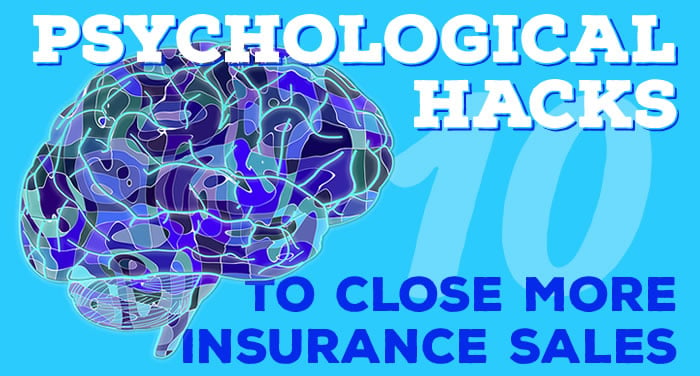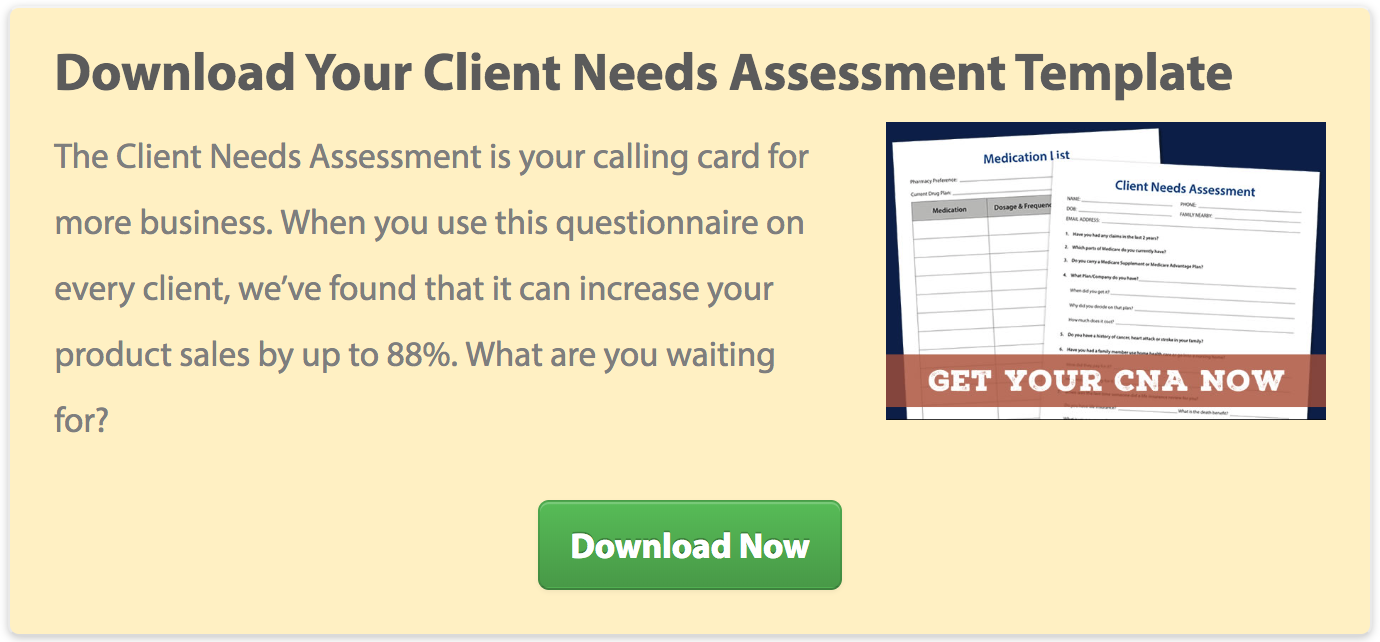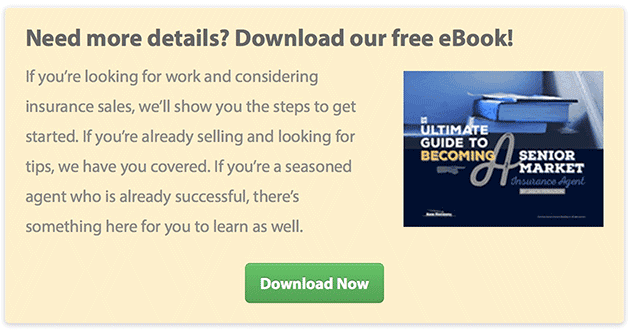You use psychological hacks every single day to get what you want.
You don’t think so?
Have you ever nodded your head while explaining something to get the other person to agree with you?
Have you ever turned your body toward the door when you were ready to get the heck out of a conversation?
Have you ever counted down from 3 to get your children to behave?
We use psychological hacks every single day — whether we realize it or not — to get what we want.
It might sound disingenuous, but it’s just how our brains work. The best part is that you can use some of these hacks to help your clients move along in the sales process.
Now, there is an important distinction to make here. You are not trying to manipulate people. You are trying to steer them in the right direction, and you’re trying to do it faster.
Why? Because time is your enemy.
Within 24 hours, people will forget 75% of what you just said.
So, you can’t put your faith in letting people take more time to make their decisions. Gone are the days of “take all the time you need!” and “take a few days to sleep on it!”
You want to nudge your prospects through the decision-making process as quickly as you can, but as genuinely as you can.
These 10 psychological hacks are things you probably already do on occasion, but now you can recognize them, and do them consciously, putting you (not your subconscious) in charge of your sales potential.
1. Give Less Options
Lots of options feels synonymous with freedom. And perhaps it is.
But for you, lots of options is synonymous with no sales. How can that be?
Let’s say you’re ready to purchase a laptop. You go to the store, and when you make your way to the right section, you realize that there are a ton of options.
You browse through some of them, you start trying to weigh price vs. value, and you ultimately leave empty-handed, because you need more time to make the best decision.
Too many options has stifled you into putting it off.
Now, you may need a laptop so badly that you do spend a lot of time weighing the options, browsing reviews, looking at customer ratings, and checking out the specs on different models.
However, what if it was something that you thought you could put off? For many people, insurance falls into that category.
So what ends up happening when you tell your prospect that there are 138,211 different possible ways to put together a short-term care plan?
They say something like, “Well, now just isn’t a good time” or “I’d like to take some time to think about it.”
And we both know what that means. It’s the polite way of saying, “Mmmm, thanks but no thanks.”
Don’t bombard your prospects with decisions.
Get to know your customer, and tailor your presentation to that. A streamlined experience will lead you to more relevant sales.
2. Don’t Let “No” Be An Answer
When you get to step 5 in the 8-step closing process, you’re not asking the customer, “do you want this?”
You’re asking, “which one do you want?”
In this scenario, no just isn’t an option.
It sounds silly, but here’s a good example to bring this psychological hack to reality for you.
Your daughter does not want to get dressed in the morning. At all. In fact, when you tell her she needs to get dressed, she screams and flails around.
BUT if you ask her to choose between the pink dress or the blue dress, she happily chooses the pink one.
If you give people a few options rather than a request to do the thing in the first place, they’ll be more likely to do what you want.
3. Prioritize the Fear of Loss Over the Reward of Gain
Our brains are programmed to avert risk.
Here’s a little test. Which one of these headlines interests you more?
- You could save $10/month by using this trick
- You are losing $10/month by not using this trick
If all went as planned, the second one did. That fear of loss just tugs at you a little bit more than the excitement of gain. And this is all backed by science.
And, surprise surprise, the same thing applies when you’re selling insurance.
You need to sell on the fear of loss.
Instead of saying, “You’re getting amazing protection!” you’re going to say, “You could lose $8,000 a month if you don’t have this protection.”
Instead of saying, “You’ll finally get peace of mind!” you’re going to say, “as time goes on, your sense of stability and financial protection will disappear.”
Instead of saying, “This product will cover up to 1 year at a nursing home,” you’re going to say, “This product will save you from losing your home, because 1 year at the nursing home can cost up to $100,000.”
Do not forget that our brains are programmed to find risk and do everything necessary to keep us from taking that risk.
There’s nothing wrong with telling your customer what they’ll gain, but know that the real hard-hitting selling points are going to be creating the fear of what they will lose if they don’t have insurance.
4. Take the Sale Away
This is a favorite sales technique of Jeff Sams.
The idea is that you create a sense of unavailability to the product.
For example, “Mrs. Johnson, you’re in great health right now, but we don’t know where you’ll be in six months. You can probably get accepted for this policy right now, but I can’t guarantee that you will later on.”
You can read more about this hack here.
5. Be Unreasonable, Then Back to Reality
Picture this: A teacher tells the class they must write a 10-page paper due Friday. The class sighs and grumbles and complaints fill the room. She laughs and says, “I was only joking. It only has to be 3 pages.” The class is relieved.
If the teacher had begun by saying, “There’s a 3-page paper due on Friday,” I guarantee you the class would be mumbling and grumbling.
When we bring this technique into your closing process, it can look something like this:
“Let me just pull up a quick rate calculation for you… it looks like it’s going to be about $10,000 a year.”
The client looks at you with wide eyes, and you jump back in and say, “I’m kidding. It’s only $1,200 a year.”
Your client is much more likely to think the rate is very reasonable in this circumstance.
Do be warned though. If you don’t already have an easy-going and somewhat humorous personality, this can come across in the wrong way. So be cautious with this one, and use it sparingly.
6. Sell on the Emotion Trigger First
Pulling on our heartstrings is more likely to get us to:
- Donate
- Attend an event
- Do something we don’t want to do
- Buy things
There are many more things on this list, but humans are built to feel. It’s worth arguing that every decision we make is influenced by our emotions. Sure, logic can aid in this process, but selling on the emotion trigger is much more likely to bring the sale home.
[RELATED: How to Sell Insurance to Logical Thinkers]
Now, there a lot of emotions you can channel including:
- Fear
- Altruism
- Pride
- Shame
We already went over selling on fear of loss, but what about these others?
With altruism, you’re focusing on how this product will benefit other people. So, for example, if you want to sell a final expense policy, you’re saying things like this:
- Think about the relief your children will feel when they know that the funeral costs are covered.
- You don’t want your family to be financially burdened in a time of grief, do you?
- There’s no doubt that it would be a very difficult time for your family. Can you imagine how much more stressful it would to be to worry about where the money will come from to pay for your final expenses?
You want your client to realize that their purchase is really for the well-being of other people. And that’s a satisfying emotion. They will feel empowered for being so selfless.
[READ MORE: How to Cross-Sell Final Expense to Your Current Medicare Clients]
With pride, you’re wanting to focus on how this product will add value to the person’s identity.
So, here are a few examples of how this might look:
- You could be the first person in your family to leave an inheritance for your children.
- Think about it: you can have complete financial control over any possible misfortunes in your life.
- I know you have respect for yourself. You wouldn’t want to go a day without having peace of mind over the unknown.
With shame, you’re focusing on the negative consequences of not purchasing insurance. You’re painting a picture of a complete financial crisis, you’re talking about how the person’s family will be let down, and you’re capitalizing on the huge mistake the person would make if they did not buy.
- Imagine if you slipped and fell on a piece of ice. Do you have $8,000 a month to pay for recovery care?
- I just want to make sure you know that I offered this to you, and if the worst does happen, and your kids come to me and say, “Did you ever offer this protection to my mother?” I’m going to say, “Yes, yes I did.”
- I wouldn’t go a day without this protection. I firmly believe it would be a huge mistake to go any longer without this coverage.
Emotions are powerful. Remember that you are not a sneaky salesman. You have important information for your prospects and clients, and forcing them to realize what they’re missing out on is ultimately your responsibility.
Check out what John Hockaday and Jeff Sams have to say on the subject:
7. Build Value That Exceeds the Price
A lot of us have gotten used to selling on price rather than value. That’s definitely true if you’re selling Med Supps, but even then, you still might come across a customer that just doesn’t think the price is worth it.
[READ MORE: The Beginner's Guide to Selling Medicare Supplements]
That’s when you need to build the value and make that value exceed the cost of the price.
And how do you do that?
First, determine what is valuable to your prospect.
In most cases, that’s going to include things like:
- Happiness
- Their family
- Their assets
- Peace of mind
- Honesty and integrity
How can you work those things into your presentation? You probably are already putting this all together.
You can do that by integrating many of the previous hacks.
- Build the fear of losing their assets
- Build the pride in taking care of family
- Build your reputation by showing testimonials and building rapport
The value you’re building isn’t just in the product features.
It has to be bigger than that.
Think big — think about the things listed above that people value most, and use them to make sure that the value of insurance exceeds the cost to the client.
When you’ve done that, the sale will naturally follow.
8. Fight Against Suspicion
We are naturally suspicious people. Our brain searches for all possible risks in any situation, so when you’re pitching that hot new short-term care product, your client’s brain is zipping back and forth evaluating risk.
How do you fight against that natural suspiciousness? (Say that 5 times fast…)
- Give case studies of past clients, family members, or friends
- Use the 7 secret words to close any sale
- Show your testimonials (find out how to get them here)
- Present data from reputable sources
When you do these things, you’re able to build trust, which is very hard to do in such a short amount of time.
The other obvious way to do this is to make sure your warm-up is at least 20-30 minutes. You can read more about that in the 8-step selling process.
>>The 8-Step Closing Process: How to Go From Stranger to Happy Customer
9. Gather the Crowd
We are natural born imitators. We learn best by watching other people do things.
If you’re wondering how this applies to selling insurance, just stay with me.
Take this sales scenario as an example:
John says, “Would you like the recovery care with this plan?”
It might not jump out at you, but there’s an implied meaning in that statement.
That statement is saying, “The recovery care add-on is so common that I now ask everyone if they want to add it on.”
I think you can see where this is going…
People want what everyone else has. And the simple add-on strategy takes you to that psychological space without saying something pushy or awkward like, “A lot of people want this.”
Create that imitation factor by making it apparent that it’s very common, and that most people won’t leave home without your product.
10. Mirror Your Client’s Behaviors
Mirroring someone else’s behaviors has been seen to increase sales.
If you really think about, we do this already. Have you ever found yourself saying a phrase that your friends always say?
Have you ever found yourself being much louder around your outgoing friends?
Have you ever found yourself kissing your Belgian friend on the cheek instead of shaking hands?
We do this so that we can have some common ground with other people. And you can take this principle and use with new prospects.
As with everything else, you don’t want to go too far at the risk of being obvious and somewhat creepy, but there are a few things you can do.
If the client leans forward, follow suit with a 5-10 second lag. If the client crosses his or her legs, do the same with a slight lag. If the client says a certain phrase often, use it once or twice when you speak.
If you notice that the person starts shifting more and more often, stop mirroring them immediately. This is a sign that they’ve caught on to what you’re doing and feel as if they’re being manipulated.
This is an older video, but there are some good examples:
Sometimes, we just need a little extra bit of sales knowledge to boost our chances of closing that tough sell. We use many of these psychological hacks in our personal relationships, so why not transfer those to business?
Let us know if you use any of these in the comments below.
Learn more about New Horizons:








